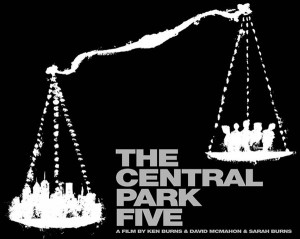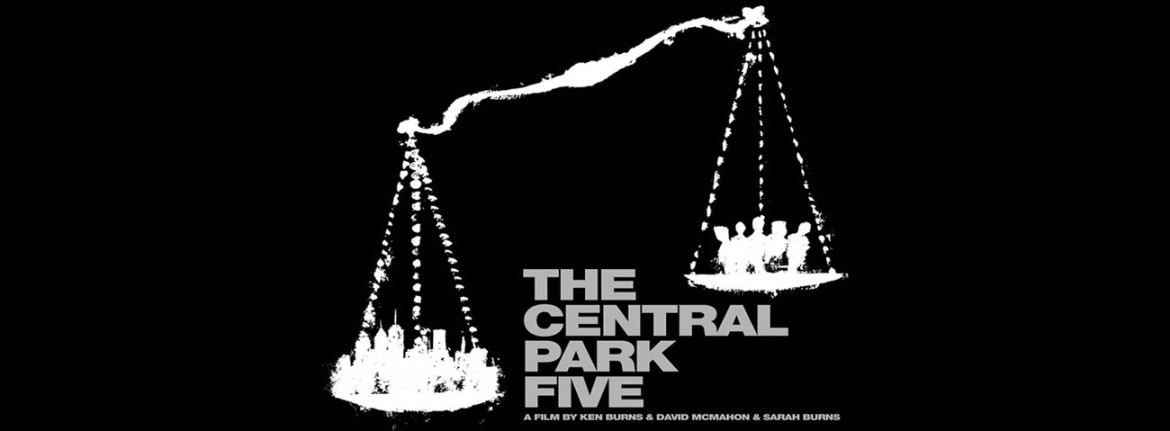 An imperfect film reminds Americans of chilling crime and those wrongfully convicted
An imperfect film reminds Americans of chilling crime and those wrongfully convicted
It’s often said that the more you know about something, the less you are apt to like a film about it. So let me state up front that I was living in New York City (in a single room occupancy hotel not far from Central Park, in fact — I went running in the park almost every day), in 1989, so I remember the Central Park jogger case quite well.
In fact, if you lived in the city at the time, it was almost impossible not to hear about the case, including the controversy over the treatment of the young men arrested and later convicted of this crime. The case also received nationwide coverage, as did the fact that someone else later confessed to the crime, and that the Five’s convictions were overturned in 2002.
Apparently most Americans don’t know much about this case, however, and they may be better served than I was by The Central Park Five, a new documentary by Ken Burns, Sarah Burns, and David McMahon. The film begins with the taped confession of the actual assailant, Matias Reyes, so that there’s never a moment’s doubt that the Five were falsely convicted. The focus of the film is on how it happened — how five young men were arrested, interrogated, confessed, convicted and (much later) exonerated.
It’s a chilling story that points to one conclusion: after this horrific crime (a young woman was raped, severely beaten, and left for dead in the park), the police picked up some young men who were in the vicinity (and, in fact, were part of a large group of young men who had committed several assaults earlier that evening, although this is downplayed in the film), and interrogated and intimidated them until they confessed to the rape and beating of the Central Park jogger.
It’s no secret that police may use various interrogation techniques when they want to get a confession, that the person being questioned may not know his or her rights, and that under pressure, people may confess to all sorts of things they haven’t done. That’s what happened in this case, and when the invented confessions didn’t match, that didn’t cause anyone in authority to question whether something had gone amiss. It also didn’t matter that there was no physical evidence linking the Five to the attack — the confessions were enough to convince a jury.
The Central Park Five is a straightforward documentary consisting primarily of archival footage and talking heads (New York Times columnist Jim Dwyer appears so frequently that he serves as the de facto narrator). It creates a portrait of a city (white and African American alike) terrified of violent teenagers — “wilding” and “wolf pack” are terms particularly associated with 1980s New York — and who focused that fear on the case. The fact that the assault took place in Central Park, as close as you can get to sacred ground for New Yorkers, certainly brought more attention to the case, as did the fact that the victim was white and the accused African American and Hispanic. Those dynamics are not specific to New York, of course, and I’m not sure they’ve changed all that much over the years, but they are part of the story.
The Central Park Five has received overwhelmingly positive reviews, which I find somewhat mystifying — to me it’s a respectable but often tedious film that adds little to what is already well known about this episode. On the other hand, given Americans’ notoriously poor sense of history, maybe they need a refresher course in the facts of this case, and for that purpose The Central Park Five will fill the bill.
